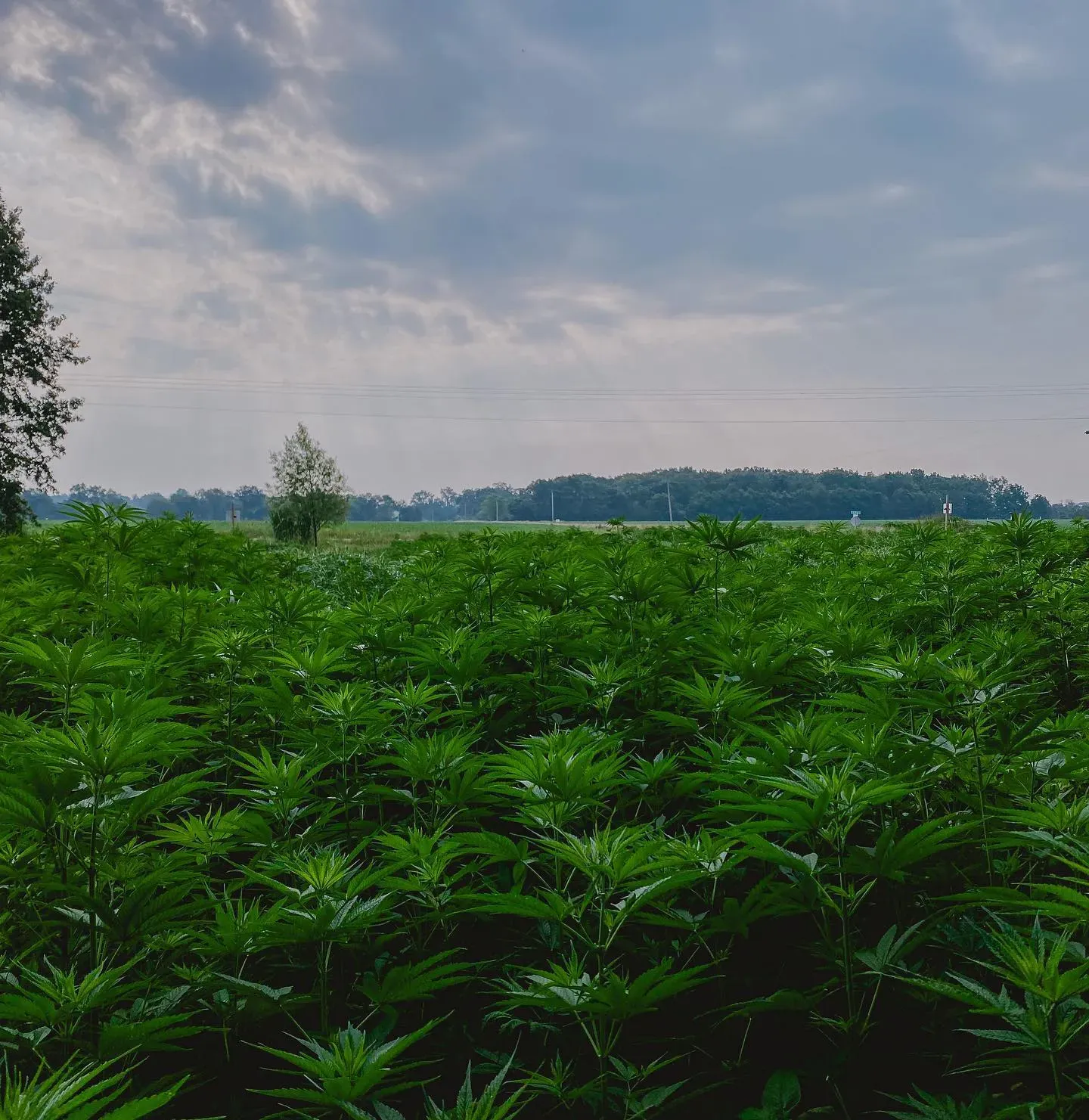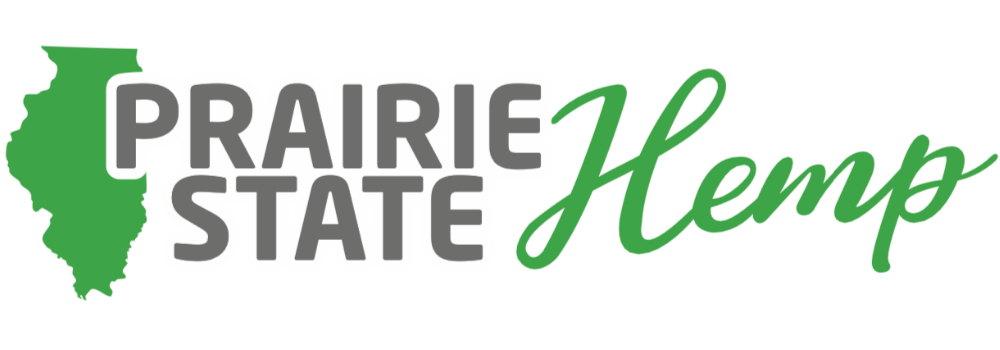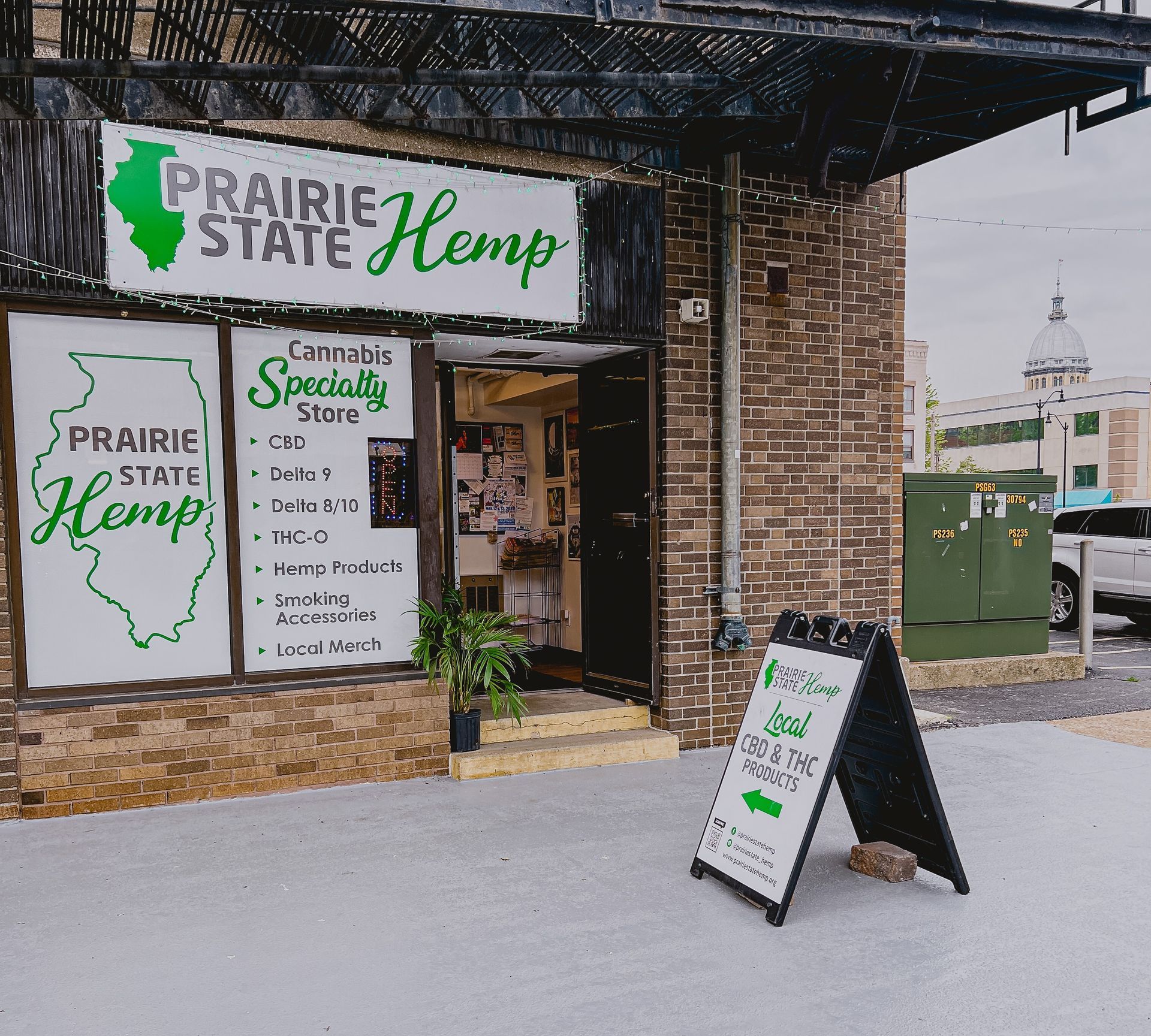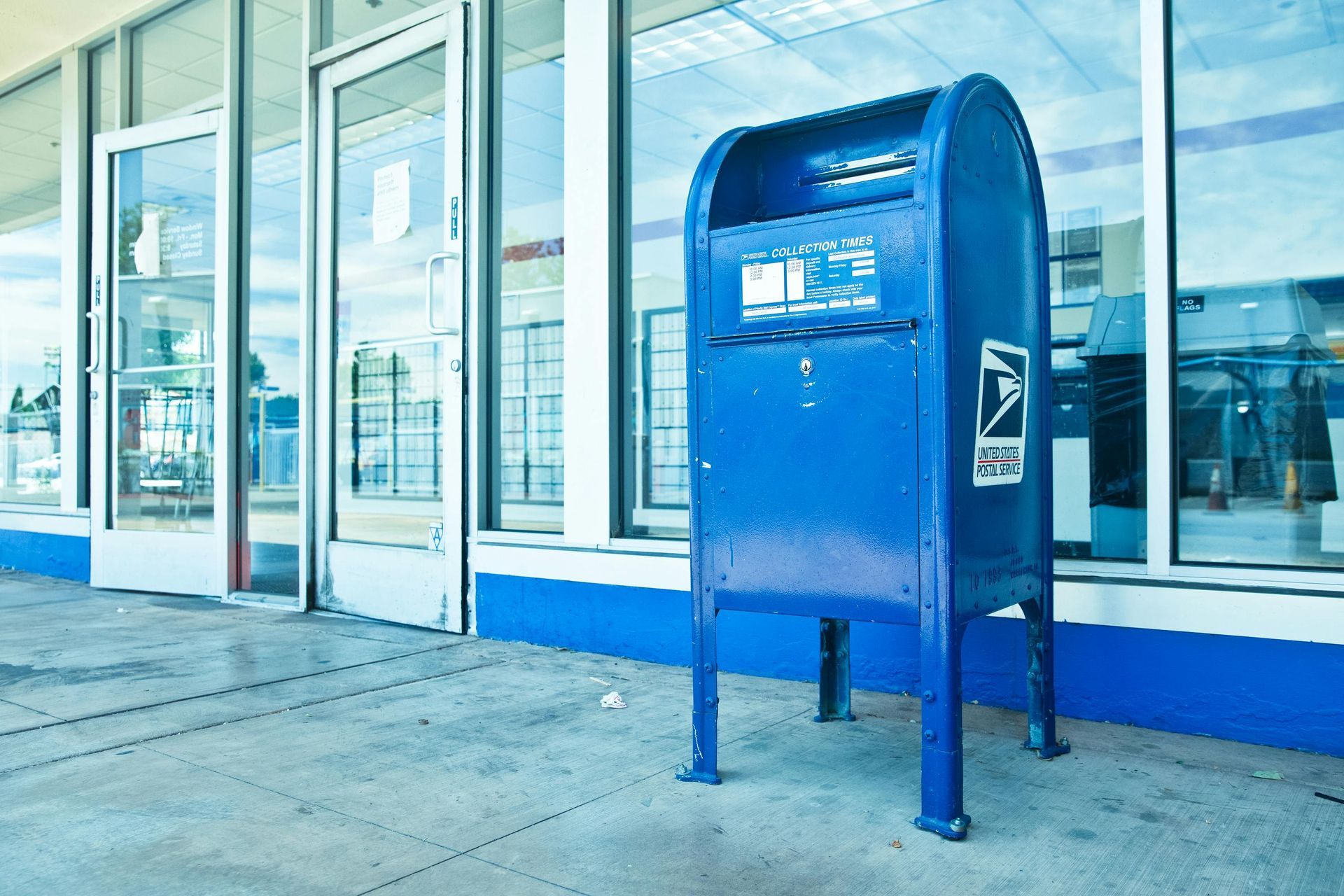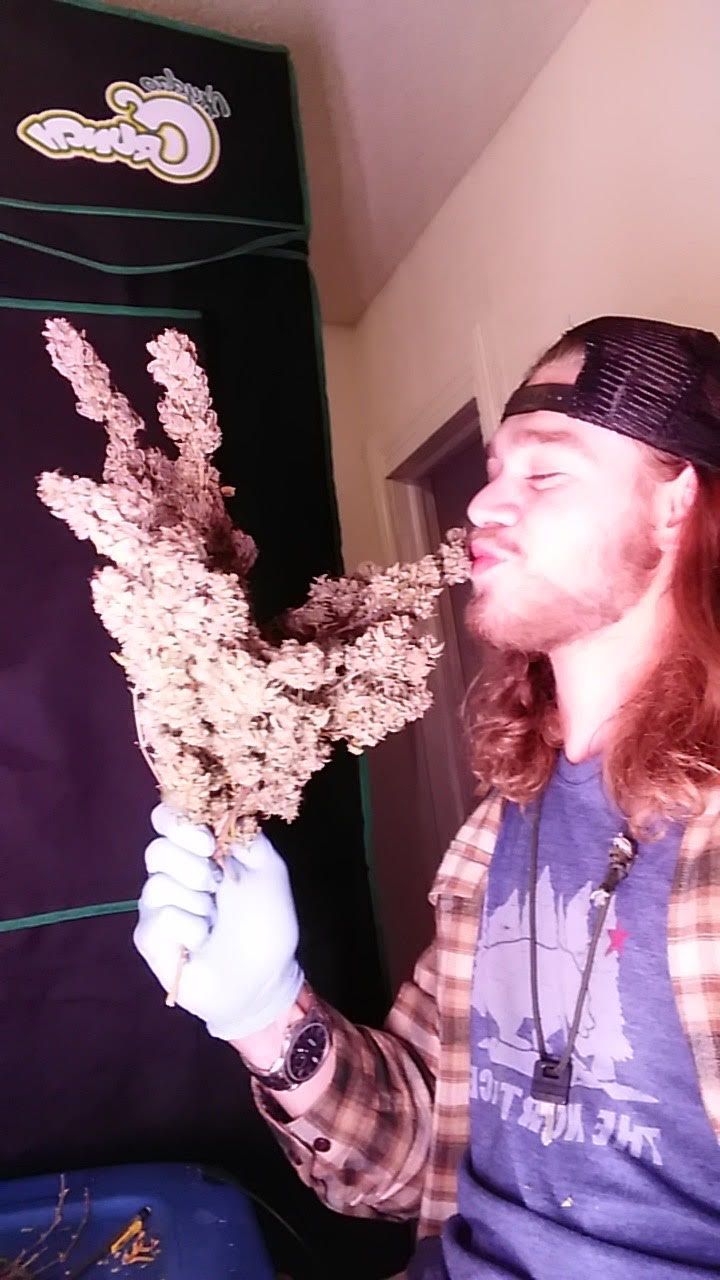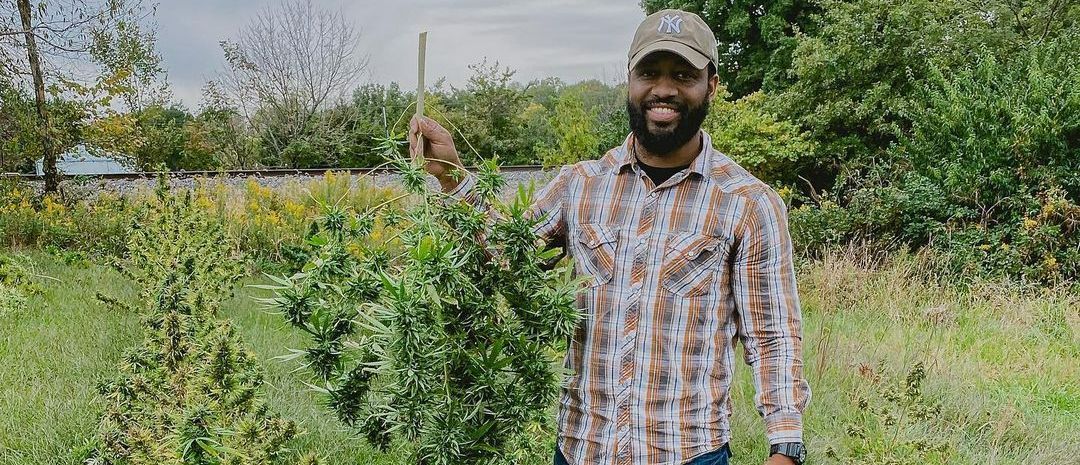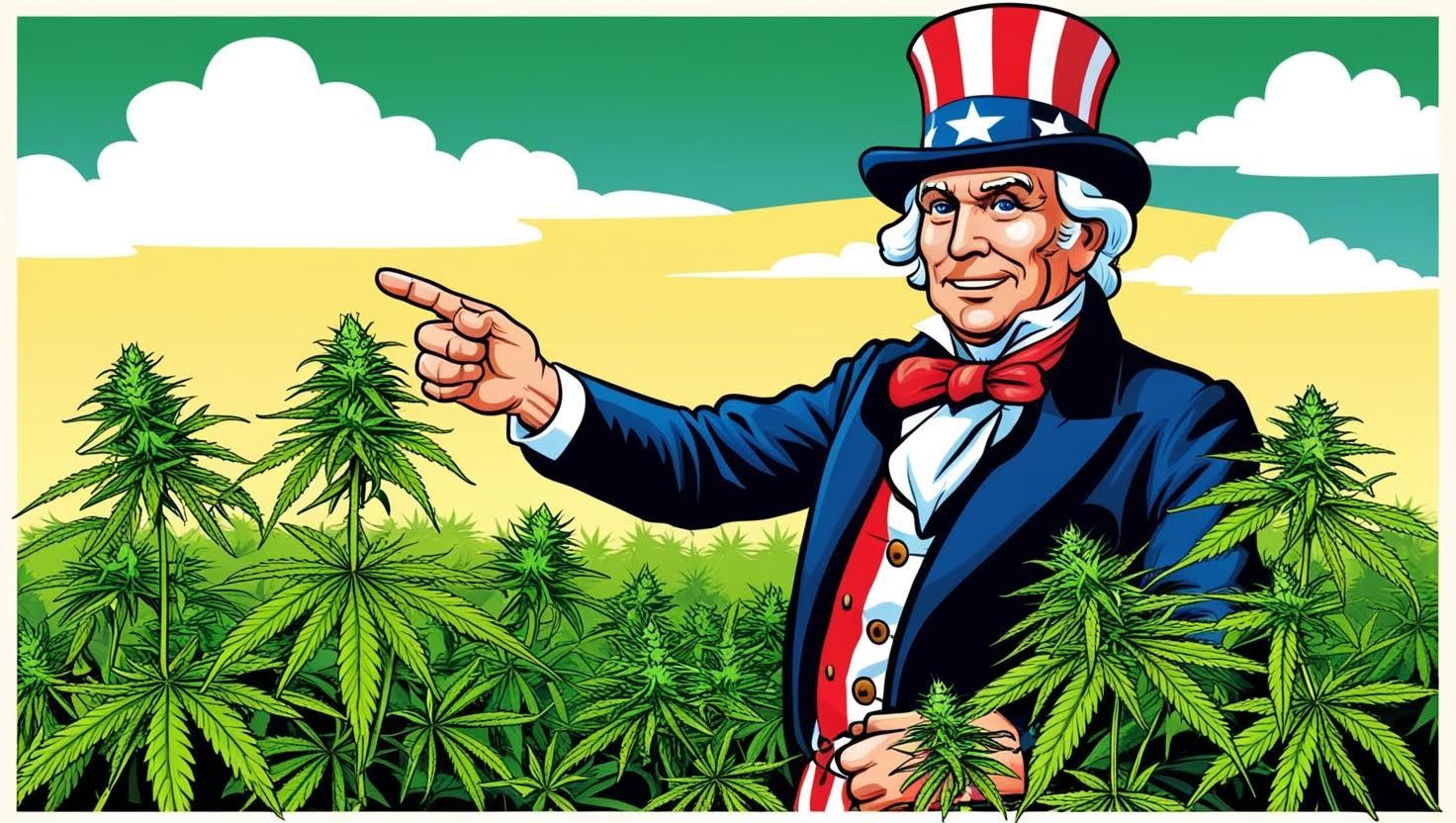Hemp vs. Marijuana: The Differences You Should Know
Hemp vs. Marijuana: The Differences You Should Know | Prairie State Hemp
There's a lot of confusion out there about the difference between hemp and marijuana. Are they the same thing? Is one better than the other? Let's clear things up once and for all.
Hemp and marijuana are two varieties of the Cannabis sativa plant. They both contain high levels of the cannabinoid THC, but hemp contains only trace amounts (0.3% or less). That's not enough to produce the "high" associated with marijuana use.
Hemp and Marijuana plants can grow to look identical if cared for in the same manner, especially high CBD hemp plants. Sativa hemp plants and marijuana plants will be tall and skinny, and indica hemp and marijuana will be shorter and bushier. Cannabinoids are chemical compounds found in cannabis plants. There are over 100 cannabinoids, and each has its own unique set of effects on the body. CBD (cannabidiol) is the most well-known cannabinoid, and it's the one that's responsible for most of the medical benefits of cannabis. CBD is non-psychoactive, meaning it doesn't get you high.
CBG (cannabigerol) is another important cannabinoid. It's non-psychoactive.
D9-THC (delta-9-tetrahydrocannabinol) is the main psychoactive cannabinoid in marijuana. It's responsible for people's " high " when they smoke weed.
D8-THC (delta-8-tetrahydrocannabinol) is a slightly less psychoactive version of D9-THC.
Now that we've established the basics, let's dig a little deeper into the differences between hemp and marijuana.
Different Uses
As we said before, hemp has a wide range of uses that span several industries. It's an excellent source of CBD (cannabidiol), a non-psychoactive compound that can treat various conditions.
Marijuana, on the other hand, is mostly used for recreational or medicinal purposes. THC (tetrahydrocannabinol), the main psychoactive compound in marijuana, can produce effects like relaxation, euphoria, increased appetite, and relief. THC is also being studied for its potential therapeutic benefits.
Different Legal Status
Hemp was historically illegal in the United States under the Marihuana Tax Act of 1937 but was legalized on a federal level in 2018 with the passing of the Farm Bill. This bill removed hemp (defined as cannabis with 0.3% THC or less) from the Schedule I Controlled Substances list and made it an ordinary agricultural commodity. However, some states still have laws that restrict or prohibit hemp cultivation and use within their borders so it's important to check your local laws before getting involved in the industry.
Marijuana remains illegal on a federal level but some states have legalized it for medicinal or recreational use. In states where it is legal, you must be 21 years or older to purchase it from a licensed dispensary. Each state has its rules and regulations regarding marijuana, so it's important to familiarize yourself with your state's laws before using them.
Different Cultivation Requirements
Hemp and Marijuana are equally as hardy. The difference in the way they are grown stems from economics. With marijuana, high-quality buds fetch much higher prices so more money is put into the input of the environment such as indoor and high-quality greenhouses.
Since CBD buds aren't as sought after, the quality of these plants will be put on the back burner in order to cut costs and increase production. Biomass and fiber are grown in much larger quantities where quality is looked at even less.
Conclusion: As you can see, there are some major differences between hemp and marijuana. They're both parts of the Cannabis sativa plant family but they have different appearances, uses, legal status, and cultivation requirements. Now that you know more about these two popular plants, you can make an informed decision about whether or not you want to include them in your life.
